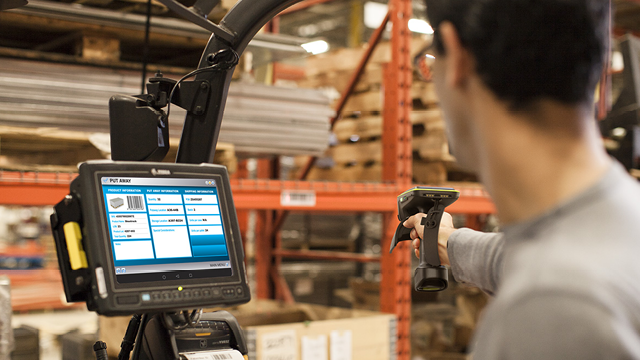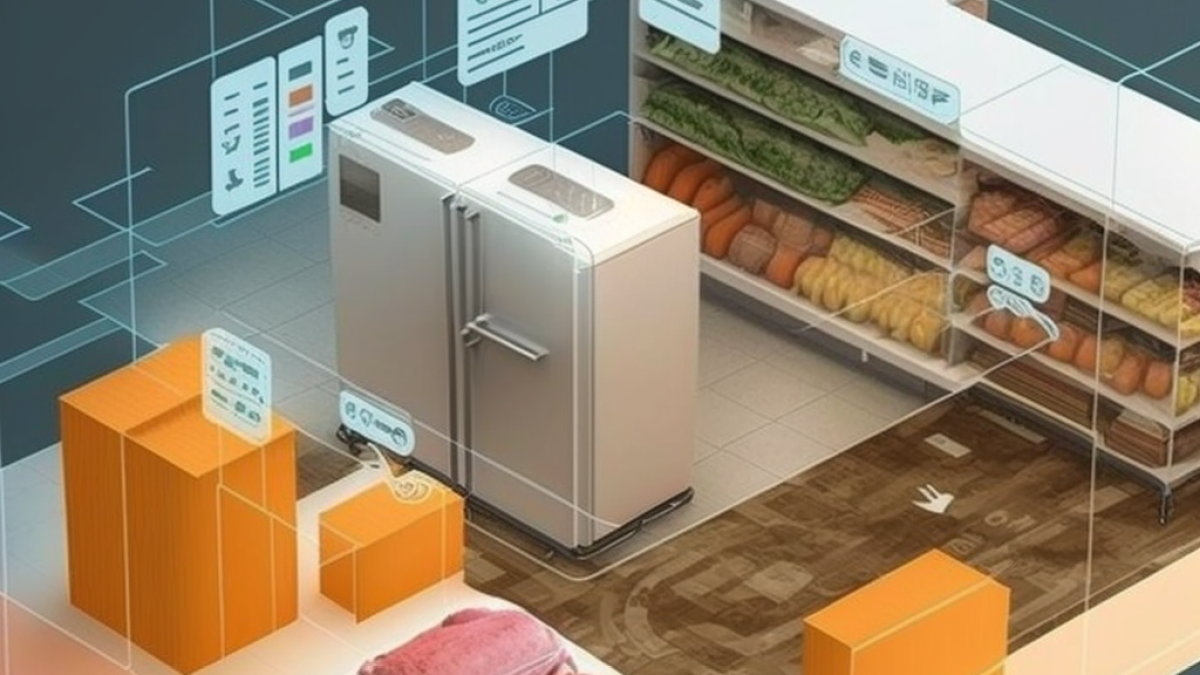Revolutionise the Food Supply Chain with RFID Technology
Help your clients comply with regulations and meet consumer demands for traceability in innovative ways with this familiar technology.
BlueStar's diverse portfolio offers unparalleled access to premium products and services that drive business growth and success. From state-of-the-art hardware to advanced software solutions, our portfolio is designed to empower businesses with the tools they need to thrive in today's competitive landscape.
Our vertical-based content focuses on different industry technologies, solutions, and insights.
A true VAD offers top-notch pick, pack and ship services, and provides programs and services that add value to the distributed products that increase their value or worth.
The BlueStar DifferenceTSPs with expertise in track-and-trace technologies have the opportunity to grow their businesses in the field of food traceability.
Food traceability is garnering attention – and all that attention is resulting in IT spend. ResearchAndMarkets reports that the global market, valued at 16.46 billion in 2021, will grow to USD 29.22 billion by 2027, a 10.04 percent CAGR.
A close look at what’s driving the market will convince you that it’s a business opportunity worthy of technology solutions providers’ (TSPs’) attention.
Food Traceability Market Drivers
Advanced Solutions that Enable Real-Time Food Traceability
Food traceability’s importance is apparent, but historically, it’s been challenging to execute. The sheer number of ingredients combined in an ever-growing number of products shipped to multiple locations make food traceability a significant challenge. Fortunately, technologies have emerged that enable you to create traceability solutions that provide precise and accurate information about the food in every step from farm to factory to fork.
These technologies, combined with barcode scanning, RFID, label printing, and management software, provide vital tools to enable access to food traceability information for which food retailers, consumers, and regulators are looking.
A Profitable Opportunity to Solve Big Problems
Technology solution providers have the opportunity to solve real problems and meet the growing demand by providing food traceability solutions. Helping your clients manage increased regulation, consumers’ expectations for transparency, and safe transport and storage, can result in business growth. You’ll also establish your business as a leader that has the solution to this challenge to the benefit of everyone.
How could your business meet the demand for food traceability solutions?

Help your clients comply with regulations and meet consumer demands for traceability in innovative ways with this familiar technology.

RFID is a familiar technology, but TSPs are finding innovative ways to use this technology to solve their clients’ pain points and provide value.

RFID solutions automate data collection, increase accuracy, and reduce waste for today’s competitive manufacturers.
